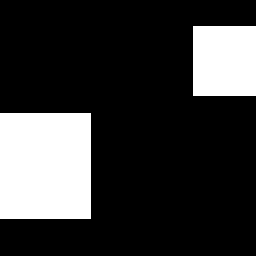Recent advances in melt electro writing for tissue engineering for 3D printing of microporous scaffolds for tissue engineering
- authored by
- Sebastian Loewner, Sebastian Heene, Timo Baroth, Henrik Heymann, Fabian Cholewa, Holger Blume, Cornelia Blume
- Abstract
Melt electro writing (MEW) is a high-resolution 3D printing technique that combines elements of electro-hydrodynamic fiber attraction and melts extrusion. The ability to precisely deposit micro- to nanometer strands of biocompatible polymers in a layer-by-layer fashion makes MEW a promising scaffold fabrication method for all kinds of tissue engineering applications. This review describes possibilities to optimize multi-parametric MEW processes for precise fiber deposition over multiple layers and prevent printing defects. Printing protocols for nonlinear scaffolds structures, concrete MEW scaffold pore geometries and printable biocompatible materials for MEW are introduced. The review discusses approaches to combining MEW with other fabrication techniques with the purpose to generate advanced scaffolds structures. The outlined MEW printer modifications enable customizable collector shapes or sacrificial materials for non-planar fiber deposition and nozzle adjustments allow redesigned fiber properties for specific applications. Altogether, MEW opens a new chapter of scaffold design by 3D printing.
- Organisation(s)
-
Institute of Technical Chemistry
Institute of Microelectronic Systems
- Type
- Review article
- Journal
- Frontiers in Bioengineering and Biotechnology
- Volume
- 10
- ISSN
- 2296-4185
- Publication date
- 17.08.2022
- Publication status
- Published
- Peer reviewed
- Yes
- ASJC Scopus subject areas
- Biotechnology, Bioengineering, Histology, Biomedical Engineering
- Electronic version(s)
-
https://doi.org/10.3389/fbioe.2022.896719 (Access:
Open)


